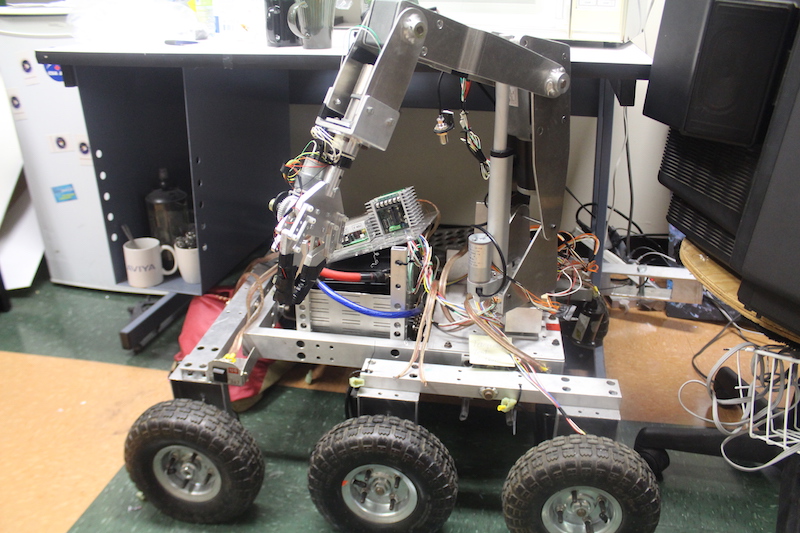Space Concordia shares its victories with the rest of the university
Space Concordia have just returned from several summer competitions, including a first place win.
Space Concordia’s team placed first in Canada during their first competition of the summer— the Canadian Satellite Design Challenge (CSDC), which was held on June 16. This competition requires teams to design and build a small research satellite known as a “CubeSat” or a “nanosatellite.” After construction, the satellites must undergo full launch qualification testing.
Eight Canadian Universities participated in this challenge, including Montreal’s Polytechnique, who landed in third place. Space Concordia President Nicholas Moore said Montreal dominating the podium was a first for the city.
The second competition Space Concordia attended was the International Rocketry Engineering Competition (IREC), which lasted a week and wrapped up late this August in Utah. The Concordia team brought back the second place prize, while École de Technologie Supérieure (ETS) finished in first place. This international competition brought together more than 50 schools from around the world to design rockets capable of reaching an altitude of 3048 meters or higher. Space Concordia’s rocket, Aurelius, flew to 3395 meters and was recovered less than a mile from the launch site, showing the quality of the research done prior to the construction of the rocket. . Space Concordia’s rocketry division won second place with Aurelius.
When not competing, the club was working on a different project: Icarus. Icarus is the group’s first attempt at creating a flying high-altitude balloon. These types of balloons are designed to expose equipment and scientific charge, which is a unit of matter, in near-space areas. The two balloons they created reached an altitude of 24 kilometres, extending halfway through the stratosphere.
In addition to this project, the club is currently developing a ground station to communicate with satellites.
Moore also mentioned some of the new projects that the club has planned for this year. “The rocketry team is planning to feature a pitted tube that will stick out of their rocket,” he said. “This tube will be placed right up the top of the rocket, taking air samples for more accurate airspeed.”
The club is divided into three categories: rocketry, spacecraft and robotics.
The rocketry division participates at the IREC every year. The competition challenges teams to send a 10 pound experimental payload, which is a type of satellite, to an altitude of 3048 meters before returning the entire rocket safely to the ground.
The spacecraft division concentrates on the design, construction and operation of satellites. The team is also divided into a space group, whose dedicated to building the satellites and a ground group, who works on operating and communicating with these satellites from Earth.
The club’s final division, robotics, has four main subdivisions: software, power, electrical and mechanical. Their main competition is the University Rover Challenge (URC) in southern Utah. This competition challenges the teams to design and build the next generation of Mars rovers—ones that will eventually work alongside astronauts exploring Mars. This competition is organized by the Mars Society, a non-profit organization dedicated to promoting human exploration and settlement of the red planet.
Moore invites all students from the university to join the club. He said all undergraduate students—in any field of study—have a place at Space Concordia. From those attending John Molson School of Business to students studying the arts, Moore said that they can be a valuable addition to the club.
Students who wish to participate in Space Concordia projects are welcome to visit their office in the Hall building, on the 10th floor (1029.7).




